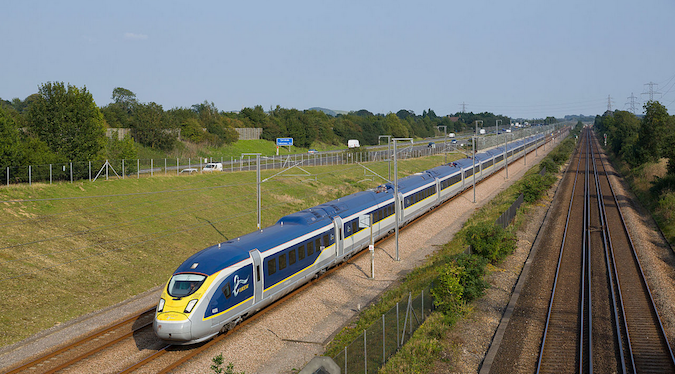
The Transportation Security Administration (TSA) has issued a new directive whose goal is to improve the cybersecurity of railroad operations in the United States.
The new security directive is part of the White House’s efforts to strengthen critical infrastructure cybersecurity. The requirements outlined in the directive are aimed at passenger and freight railroad carriers designated by the TSA.
The goal is to help operators further enhance cyber preparedness and resilience, requiring them to take steps to prevent disruption and infrastructure degradation.
There are four major tasks that need to be completed by railway operators. This includes developing network segmentation policies and controls to ensure that operational technology (OT) systems are safe in case of an IT system compromise.
Another task is creating access controls to prevent unauthorized access to critical systems. In addition, operators must ensure that these critical systems are covered by continuous monitoring and detection policies and procedures.
They also need to ensure that operating systems, applications, drivers and firmware running on critical systems are always up to date and patched.
Rail operators will need to establish and execute a cybersecurity implementation plan, and regularly audit the effectiveness of their cybersecurity measures and address any identified issues.
This security directive comes less than a year after the TSA issued new directives and recommendations aimed at strengthening the cyber defenses of US rail and airport operators.
“The nation’s railroads have a long track record of forward-looking efforts to secure their network against cyber threats and have worked hard over the past year to build additional resilience, and this directive, which is focused on performance-based measures, will further these efforts to protect critical transportation infrastructure from attack,” said TSA administrator David Pekoske.
Threat actors attacking railways is not uncommon, with recent targets including Belarus, Italy, the UK, Israel and Iran. While researchers have shown that modern train systems are vulnerable to hacker attacks, these recent attacks targeted websites, ticketing and other IT systems, rather than control systems.
Related: Updated TSA Pipeline Cybersecurity Requirements Offer More Flexibility
Related: Rail System Cybersecurity Firm Cylus Raises $12 Million














